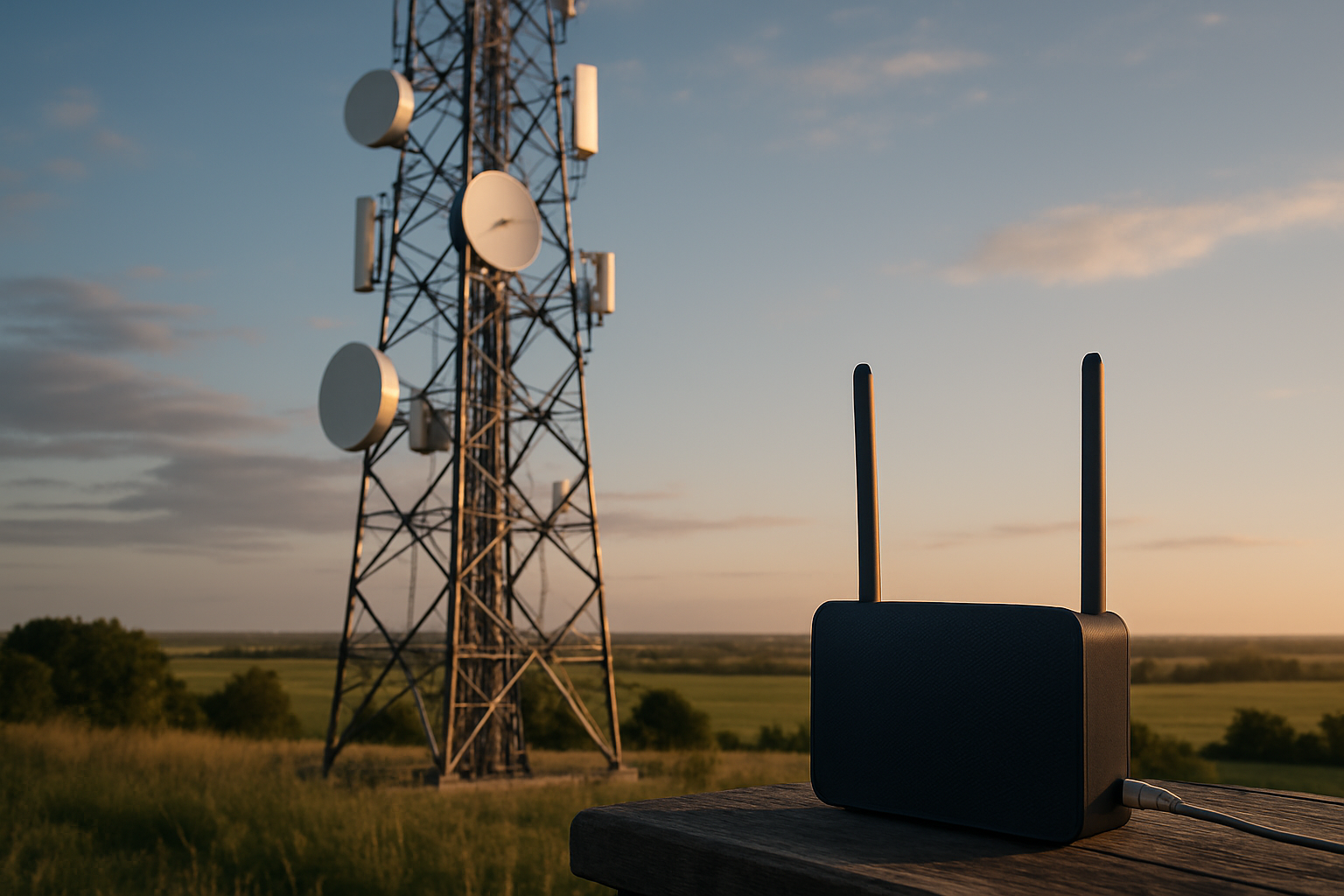Unraveling the Potentials of Fixed Wireless Access: A Solution for Tomorrow's Connectivity
Our world is more connected than ever. Yet, there are still areas where high-speed, reliable internet service remains a dream. While various solutions like fiber optics and satellite internet have been proposed, they come with their own set of challenges, such as high deployment costs and latency issues. Here's where Fixed Wireless Access (FWA), a less explored but promising technology, steps in. In this article, we delve into the what, why, and how of FWA, exploring its potential to revolutionize our digital landscape.

Demystifying Fixed Wireless Access
Fixed Wireless Access, or FWA, is a method of providing internet connectivity to homes or businesses without the need for wired connections. Instead, it uses radio signals from a nearby base station to deliver internet access. FWA has been around since the early days of wireless communication, but it’s only recently that it’s gaining significant attention.
Key Developments and Technological Advancements
The potential of FWA has been largely untapped due to technological limitations in the past. However, advancements like beamforming and carrier aggregation have significantly enhanced the efficiency and performance of FWA. Beamforming, for instance, allows for the directional transmission of radio waves, drastically improving signal strength and reducing interference.
Current Trends and Regulatory Changes
One of the key catalysts driving FWA’s growth is the increasing demand for high-speed, reliable internet. With remote work becoming more prevalent, connectivity needs are higher than ever. Regulatory authorities worldwide are recognizing the potential of FWA as an alternative broadband delivery method. They are now reallocating spectrum, previously reserved for mobile services, to facilitate the expansion of FWA.
Impact and Practical Applications of FWA
The impact of FWA is profound, especially in areas where wired internet is not feasible. It not only provides high-speed internet in such areas but also serves as a cost-effective solution for service providers. This is because FWA eliminates the need for expensive infrastructure like cables and fiber optics. Furthermore, FWA can be deployed rapidly, providing immediate connectivity solutions in disaster-stricken areas.
Challenges Faced by FWA
Despite its enormous potential, FWA is not without challenges. Weather conditions can impact signal strength, affecting the quality of service. Moreover, as FWA operates on radio waves, it requires a clear line of sight between the base station and the user’s device, limiting its implementation in densely populated urban areas.
In conclusion, Fixed Wireless Access presents a promising solution to meet tomorrow’s connectivity needs. Its ability to provide high-speed internet service without the need for extensive infrastructure makes it an attractive option for both service providers and consumers. As technology continues to evolve, we can expect to see more innovative and effective solutions to overcome the challenges faced by FWA.






